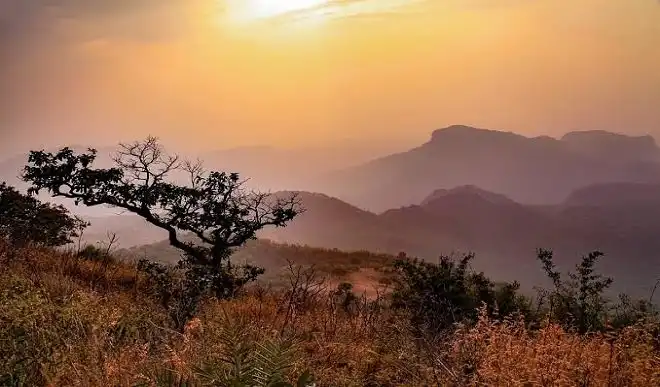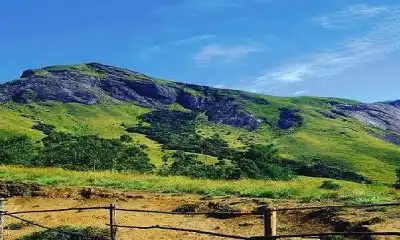Tourism
The jungles of central India: Panchmarhi
Sibashish Dash.
Folk tales and mythology reflect the changing society over a passage of time. They emerge out of the attempt to reason and understand one’s surrounding. Let us visit the jungles of Central India, initially ruled by the Gond people, later occupied by the British and is widely believed to have inspired Rudyard Kipling to write the Jungle Book.
Cancer treatment neglected amidst COVID-19, Rajasthan government comes to aid
Pachmarhi, is a hill town of Madhya Pradesh offering natural beauty, rich history, holy places and adventure to the travelers. The paths pass through placid forest groves of wild bamboo, jamun, dense sal forests and delicate bamboo thicket, it offers absolute tranquility. The name is believed to be derived from the Hindi words Panch (“five”) and Marhi (“caves”). According to a legend, these caves were built by five Pandava brothers of Mahabharatha era during their fourteen years of exile.
According to folklore, it is believed that Lord Shiva had concealed himself from the great fury of Bhasmasur here in the Jata Sankar Cave, formed of limestone which comprises stalagmites and stalactites that virtually look like the matted down hair of Lord Shiva.
Palghat Gap: a mountain pass in the western ghats
Stories have this unique quality of blurring out the passing time. It took millions of years for the Satpura range to form, some hundreds of years for the Gond people to make this place their home, some decades for the Colonial masters to develop it into a Military Cantonment and yet when writer sits to pen down a story, he manages to soak in every bit of the surrounding in the pages.

















